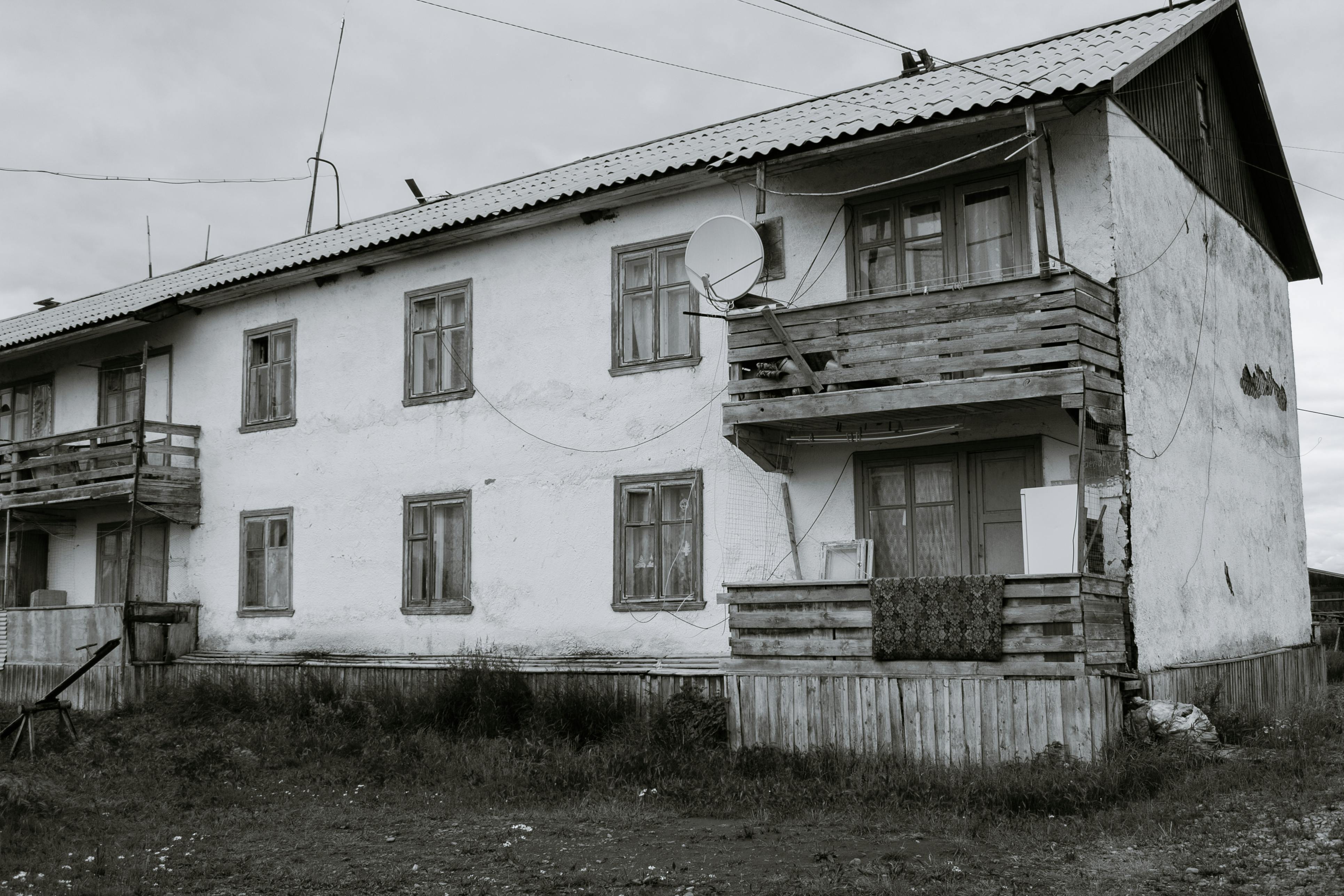Fire safety refers to the precautions taken to prevent or reduce the probability of a fire that can cause death, injury or property damage. It also refers to the ability to alert those in a building to a fire, better enable survival of those threatened by a fire, or reduce the damage caused by a fire. Safety measures include those that are planned during the construction of a building, those that are added to existing buildings, and those that are taught to occupants.
One such fire safety measure is the installation of fire doors. This includes door closers, which are primarily used in commercial and public buildings, but can also be used in the home where circumstances make it advisable. They have a variety of uses and applications, one of the main ones being keeping a door closed to limit the spread of fire and drafts in a building. There are many different types of door closers available ranging from the simplest door spring to the more industrial floor springs.
An automatic door closer requires energy to operate, while a manual door closer uses physical force. There are also three basic designs available: suspended, foot mounted and surface mounted. Those that can be surface or concealed are known as overhead door closers. Likewise, installing them between the door and the door frame can hide jamb-mounted closers.
Choosing a door closer can involve consideration of a variety of criteria. In addition to the closer’s performance in fire situations, other criteria may include resistance to opening forces, as well as health, safety, durability, vandalism risk, and aesthetics. The electromagnetic hold-open door closer uses an electromagnetic force to hold it open. This type of closer is usually connected to the building’s fire alarm system. The great advantage of installing this type of device is that it overcomes the dangerous practice of using wedges or other objects to hold a fire door open. Once the fire alarm is activated, the door closes. The same principle applies to electromagnetic free motion but instead of holding it open; allows the door to move without resistance.
In hospitals, schools and nursing homes, delayed action latches are commonly used. This allows the door to remain open for a predetermined period of time before closing at an adjustable speed. Such a system will allow people in wheelchairs or the elderly to pass through the gate before it begins to close. This is also useful in areas where carts are used.
Concealed mount door closers are widely used for commercial building entrance doors as they serve a functional function while maintaining the aesthetic appearance of the door. There are also available that can be hidden at the top of the door. Although this is a great way to ‘hide’ the closer, a large portion of the door must be cut away to accommodate the body and this will reduce the fire integrity of the door. It is always a good idea to check with a fire safety specialist if this type of door control is suitable. There is also a type of closer that will fit into the side of the door with the mechanism contained within the door.
A recoil action provides resistance within the closer to prevent the door leaf from opening. This prevents damage to the door, door frame and door handles caused by people kicking or throwing the door open and also the door being blown open by the wind. The angle and resistance of the rear brake can be varied according to your requirements. These door closers are used in busy corridors of schools, hospitals and public superstructures.
For disabled, weak or elderly people, a calm action door closer is required to enable them to move the door with less force. These are used in schools and other public buildings where the DDA or Disability Discrimination Act is considered.
Automatic door closers allow doors to open or close as long as the person is within the proximity area. It closes when the device knows it is safe to do so. These are commonly used in commercial areas as well as local authority buildings and hospitals.
Overhead door closers are manufactured with different or adjustable strengths to accommodate varying door sizes and weights. The larger and heavier the door, the greater the force required to close it. The recognized standard for classifying door closers is to assign the door closer a numerical value between 1 and 7, with a higher number indicating greater capacity and closing force. The minimum recommended size of door closer installed on a fire door is 3. Air pressure on the door from wind is also a consideration, which could lead to a size number greater than the actual weight of the door being needed. .



